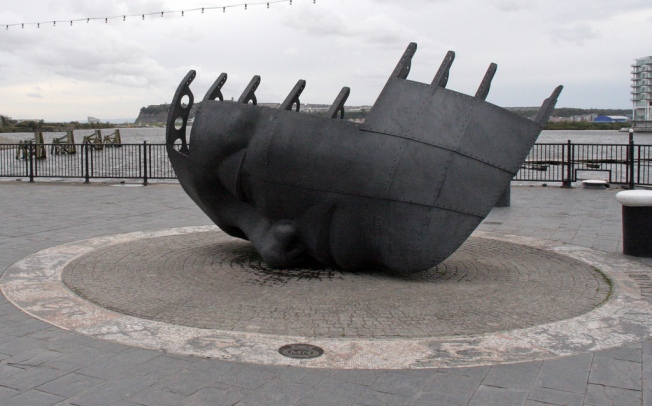Part of the process of creating the film involved testing the animation with simple drawings to make sure that it worked. Here are some of these line tests.
Camera man Line Test from Trevor Woolery on Vimeo.
Line Test of a camera man for the animated film "Sea of Words" Commissioned by Parliament 2012 – 2013. Designed and animated by Trevor Woolery.
Coal Miner Digging from Trevor Woolery on Vimeo.
Line Test of a Victorian Coal Miner digging with a pickaxe. Created by Trevor Woolery for the film "Sea of Words" commissioned by Parliament 2012.
Marquess of Bute from Trevor Woolery on Vimeo.
The Marquess of Bute looks at plans for progress. Created by Trevor Woolery for the Sea of Words animated film commissioned by Parliament 2012.
Digger from Trevor Woolery on Vimeo.
Digger for animated film "Sea of Words" created by Trevor Woolery, commissioned by Parliament 2012




